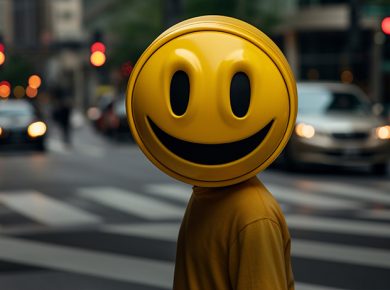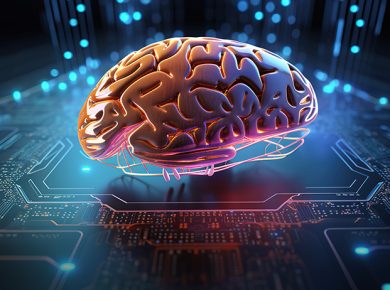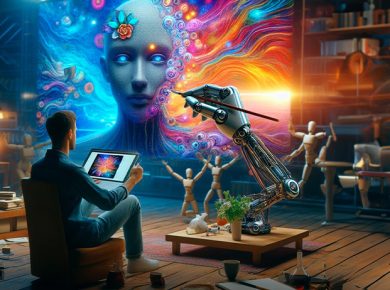Table of Contents
Introduction
AI (Artificial Intelligence) is transforming and revolutionizing a lot of industries, animation and motion graphics are no exception. In 2024, AI is not just optimizing processes but also giving the opportunity of being creative and having different production processes in a more productive way.

Workflow Automation
AI is automating repetitive and tedious tasks, allowing animators to get deeper on more creative aspects. Tools like Adobe Sensei are integrating AI to automate color correction, motion tracking, and keyframe interpolation. These capabilities save time and improve the precision and consistency of the work.
Generative Content Creation
AI is being used to create generative content, where algorithms produce graphics and animations based on parameters set by designers. This allows for unprecedented creative exploration. For example, OpenAI’s DALL-E 2 can generate complete images and scenes from textual descriptions, offering designers an infinite source of inspiration and visual resources. However, as an animator, it’s important to understand that AI is just a tool to help with the job. It’s there to provide ideas and a starting point, so you can add your own touch to the final product.
Real-Time Personalization and Adaptation
AI also has real-time personalization of motion graphics. Platforms like Movio use AI to create digital avatars and animated characters that can interact and adapt to user preferences in real-time. This capability is especially useful in marketing and advertising, where personalized content can significantly enhance customer engagement.

Conclusion
In 2024, AI is making a significant impact on animation and motion graphics. By automating tasks, generating creative content, and personalizing experiences, AI is not only optimizing production but also expanding the creative possibilities for designers. As technology advances, the integration of AI in this field promises to continue transforming the industry in innovative and exciting ways.






